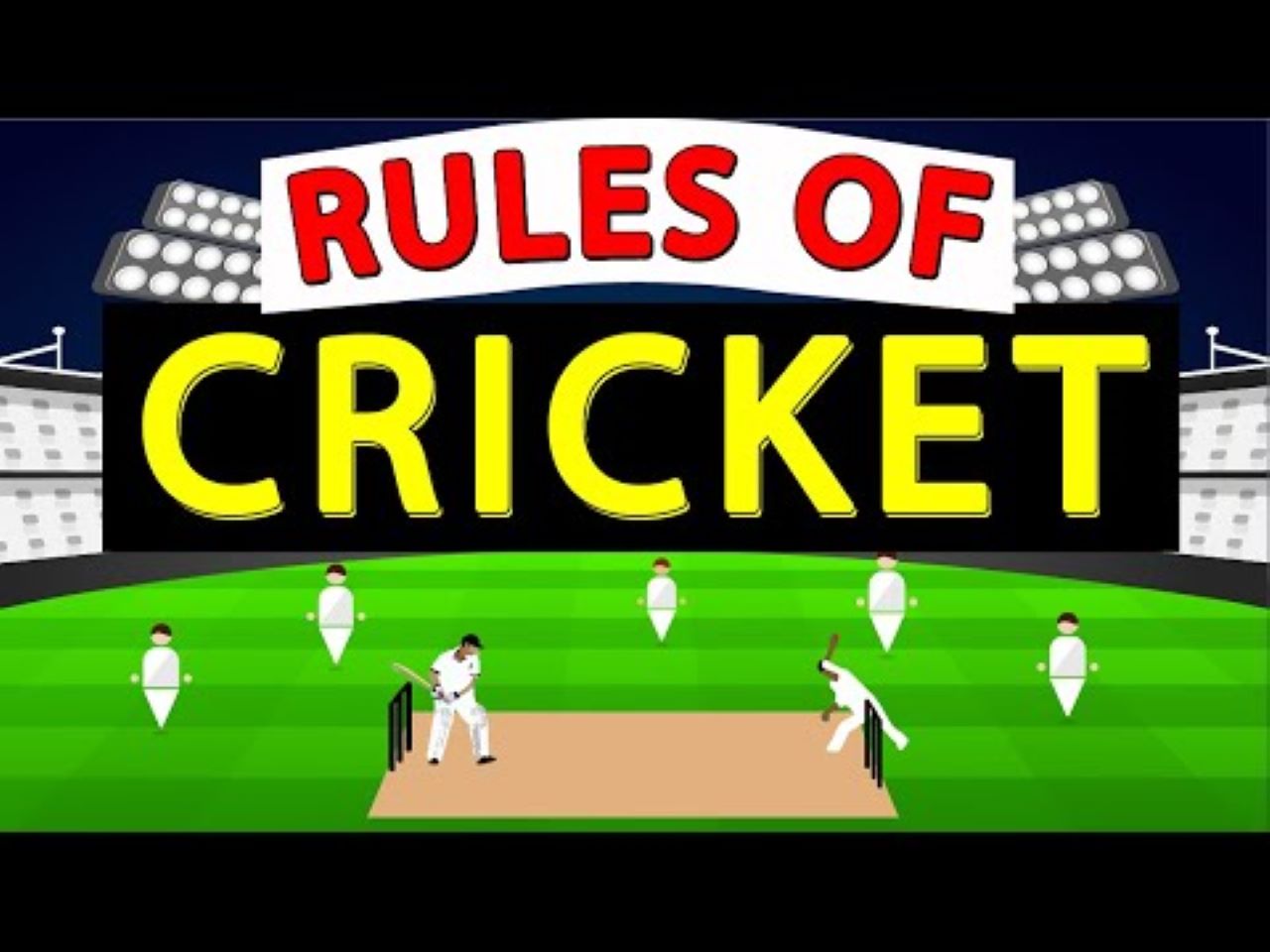Cricket, the gentleman’s amusement, isn’t fair a wear but a display of expertise, methodology, and sportsmanship. Its complicated rules shape the exceptionally texture of the diversion, administering each angle from the pitch to the players’ conduct. To genuinely appreciate cricket, one must dig into its rules, which serve as the directing standards for players and authorities alike. Here, we will delve the knowledge and rules of cricket.
The Laws of Cricket:
At the heart of cricket lie the Laws, fastidiously made over centuries to guarantee decency and keenness. These Laws cover each aspect of the diversion, counting the playing range, gear, umpires’ parts, and the conduct of players.
The Playing Field:
Central to cricket is the pitch, a accurately measured strip of turf where the fight between bat and ball unfurls. The pitch is 22 yards long, with wickets set at either conclusion. Boundaries outline the handling region, and key field situations are pivotal for both assault and defense.
Batting and Bowling:
When a group bats, the point is to score runs whereas securing the wickets. The bowler conveys the ball towards the batsman, who endeavors to hit it absent. The batsman can be rejected in different ways, such as being bowled, caught, or leg-before-wicket (LBW), including layers of technique to the amusement.
Scoring Runs:
Runs are scored by the batsmen running between the wickets after hitting the ball. Furthermore, boundaries, such as fours and sixes, compensate capable strokes that reach the border of the field without touching the ground. A single run can frequently alter the course of a coordinate, making each run valuable.
Handling and Catching:
Handling is as pivotal as batting and bowling in cricket. Players must show nimbleness, exactness, and cooperation to anticipate runs and take wickets. One of the foremost invigorating minutes in cricket could be a marvelous capture, where a defender resists gravity to reject a batsman.
Umpires and Decision-Making:
Umpires are the gatekeepers of cricket’s judgment, guaranteeing reasonable play and enforcing the Laws on the field. Their choices are last and official, indeed within the confront of discussion. Umpiring requires not as it were a profound understanding of the amusement but moreover keenness and fair-mindedness.
Soul of Cricket:
Past the Laws, cricket epitomizes a soul of camaraderie and sportsmanship. Players are anticipated to maintain the standards of reasonable play, regard for rivals, and benevolence in triumph or vanquish. The Soul of Cricket rises above the boundaries of the diversion, reflecting its widespread request.
Groups and Varieties:
Cricket offers a different run of groups, each with its possess set of rules and elements. Test cricket, the most seasoned and most conventional arrange, ranges five days of strongly competition. One-day internationals (ODIs) condense the activity into a single day, whereas Twenty20 (T20) cricket conveys fast-paced fervor infair many hours.
Advancements and Adjustments:
As cricket advances, so do its rules. Advancements such as Choice Audit Framework (DRS) and Powerplays improve the game’s reasonableness and excitement esteem. Adjustments like day-night Test matches and franchise-based T20 associations reflect cricket’s capacity to grasp alter whereas protecting its quintessence.
Worldwide Offer and Bequest:
Cricket’s reach amplifies distant past its conventional fortifications, captivating groups of onlookers in each corner of the globe. From the sacrosanct grounds of Lord’s to the bustling roads of Mumbai, cricket joins together countries and societies like few other sports. Its bequest perseveres through eras, forming the dreams of yearning cricketers and rousing fans around the world.
Conclusion:
The rules of cricket serve as the bedrock upon which the diversion flourishes, cultivating competition, camaraderie, and regard. Understanding these rules not as it were upgrades one’s appreciation for cricket but moreover discloses the magnificence of its immortal conventions. As we celebrate cricket’s past, display, and future, let us honor its rules as sacrosanct standards that characterize the pith of the diversion.

